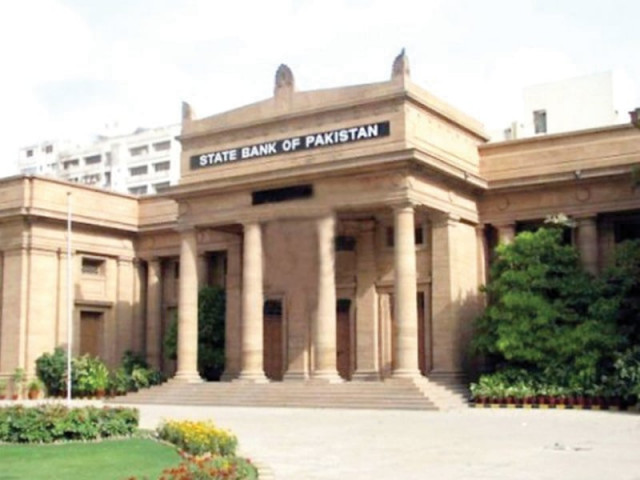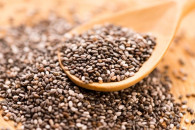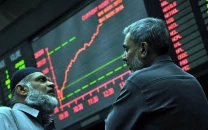New governor, same ole policy?
Most market participants expect 1% or more increase in policy rate from current 12.25%

The State Bank of Pakistan (SBP) is due to announce its monetary policy statement (MPS) on May 23, 2022.
Various surveys conducted indicate that most market participants expect a 1% or more increase in the policy rate from the current level of 12.25%.
These expectations are premised on a number of factors including inflationary pressures, rupee depreciation, T-bills/ Kibor trading at a 2.5%+ spread to the policy rate and the urgent need to slow down an economy that is projected to grow at 6% in FY22 with an unsustainable current account/ fiscal deficit.
There may also be pressure from the IMF during the current round of talks in Doha to further tighten monetary policy and is a standard policy prescription from the global lender to stabilise macroeconomic conditions.
The decision on interest rates will be made by the SBP board of directors, which is currently being chaired by the former deputy governor and current acting governor Dr Murtaza Syed.
In terms of profile, Syed is not dissimilar to his predecessor in that he has also had a long and illustrious career (16 years!) with the IMF. During his stint as deputy governor, he has proven himself to be an able and articulate representative of the SBP.
In the last MPS which was announced ahead of schedule on April 7, 2022, the SBP noted that the “outlook for inflation (had) deteriorated and risks to external stability (had) risen.”
Given that the infamous punt on a correction in commodity prices had not worked out, the SBP was forced to abandon its pause narrative (where it held rates steady in January/ March) and fall in line with the diktat of the market.
Accordingly, it announced a massive 2.5% increase in the policy rate (from 9.75% to 12.25%), claiming that “forward-looking real interest rates (were now in) mildly positive territory” and that forward guidance was no longer needed after such “a strong and proactive policy response.”
Now barely a month later, we again await the decision of our central bank. T-bill yields are trading above 14.5% and Kibor has been flirting with the 15% mark.
The last inflation reading was reported at 13.4% (the highest since January 2020) while forex reserves have continued to decline and currently stand at $10.2 billion (lowest since November 2019).
Surprisingly, the latest current account number showed a massive decline of 39% to $623 million. Unfortunately, with LNG imports set to resume this month and remittances due for a natural drop after the seasonal Ramzan/ Eid spike, the deficit is expected to rise back to $1.5 billion in May.
There are also $4.9 billion in debt repayments due during May/ June and without an IMF programme, getting them rolled over may be an issue.
So what should the SBP do? It cannot control fiscal profligacy, which is stubbornly persisting with subsidies on petroleum and electricity.
Commodity prices continue their upward march and interest rates are notoriously poor at controlling the price of wheat/ tomatoes. Currency in circulation has risen from its long-term average of 22% to 29% of money supply while Rs1,000 billion has been disbursed under LTFF/ TERF/ ERF at long-term concessionary fixed rates. This undoubtedly would dilute the impact of a tighter monetary stance.
Unfortunately, we have gotten back into a situation (witnessed multiple times before) where the SBP has to shoulder the burden of stabilisation largely on its own.
The only difference in this cycle (and it’s a big one) is that the currency has been allowed to depreciate over the last year (down 29.7%), which is in itself a self-correcting mechanism for demand and supply.
Recall that inflation in 2009 spiked to 25%, yet interest rates peaked at 15%. Interestingly, the yield curve has also inverted, which means that shorter-term rates are higher than longer-term rates.
Historical evidence shows that inversions and negative spreads are a strong indicator that we are near the peak of the interest rate cycle.
Arguments can be made that higher rates would be futile and in fact contribute to higher inflationary pressures in the coming months. However, the probability of a status quo response from the SBP is quite low in the current situation.
The government has appeared indecisive during the present crisis, so the central bank will have to step up and comfort markets that someone is at the wheel.
My call is for a 75bps hike to make the policy rate a nice round 13%. With a bit of luck and the courage to make decisions in the national interest, that may be the last hike in this cycle.
The writer is an economist and portfolio manager working in Pakistan’s capital markets for the past decade



















COMMENTS
Comments are moderated and generally will be posted if they are on-topic and not abusive.
For more information, please see our Comments FAQ